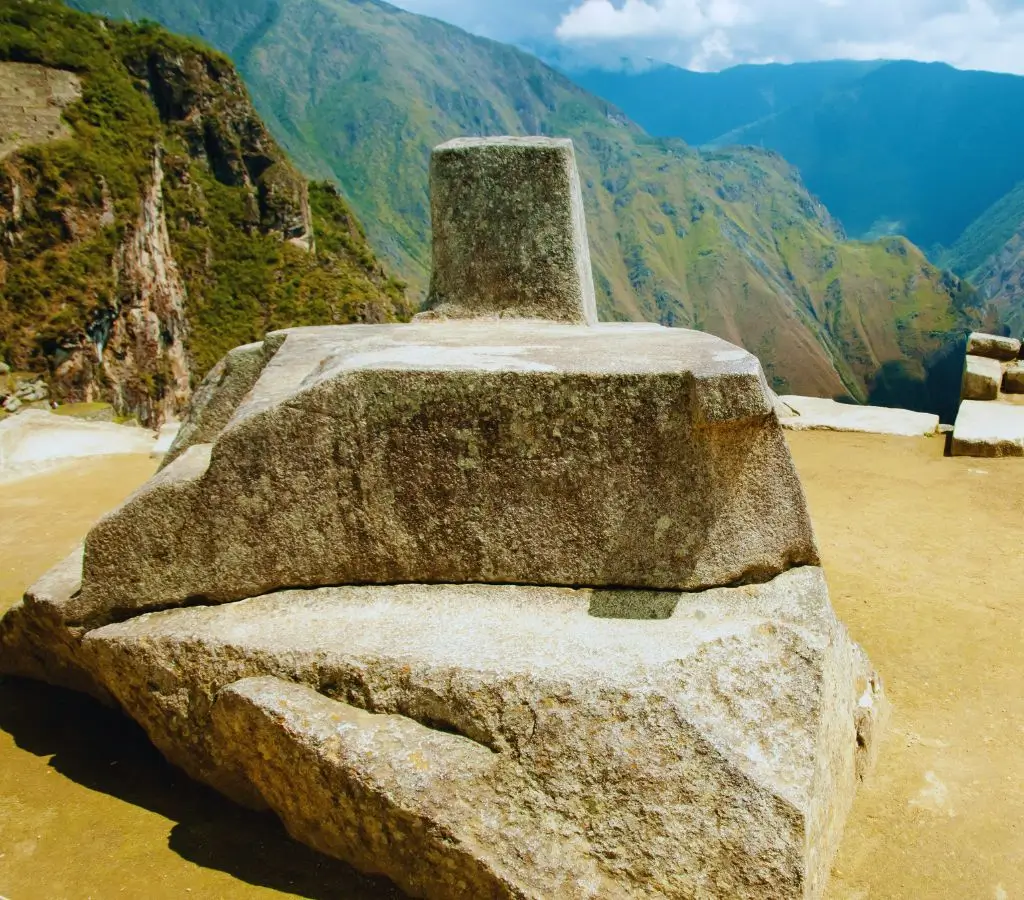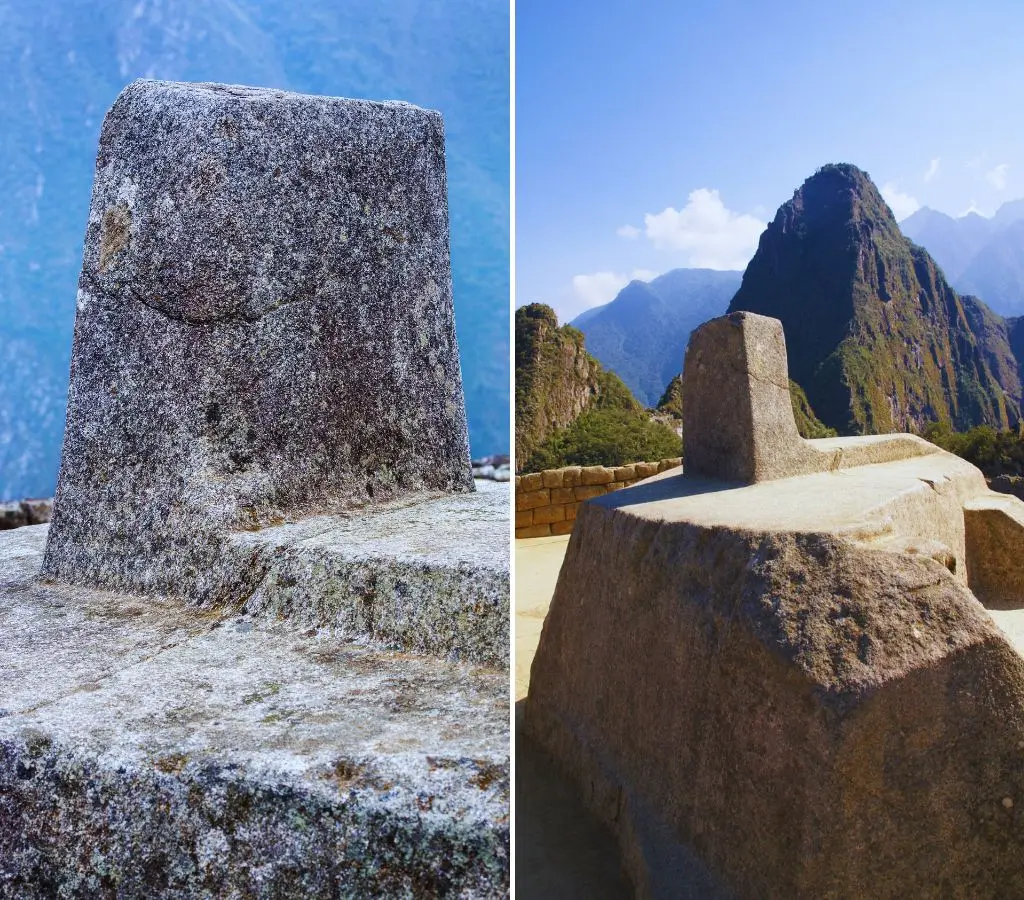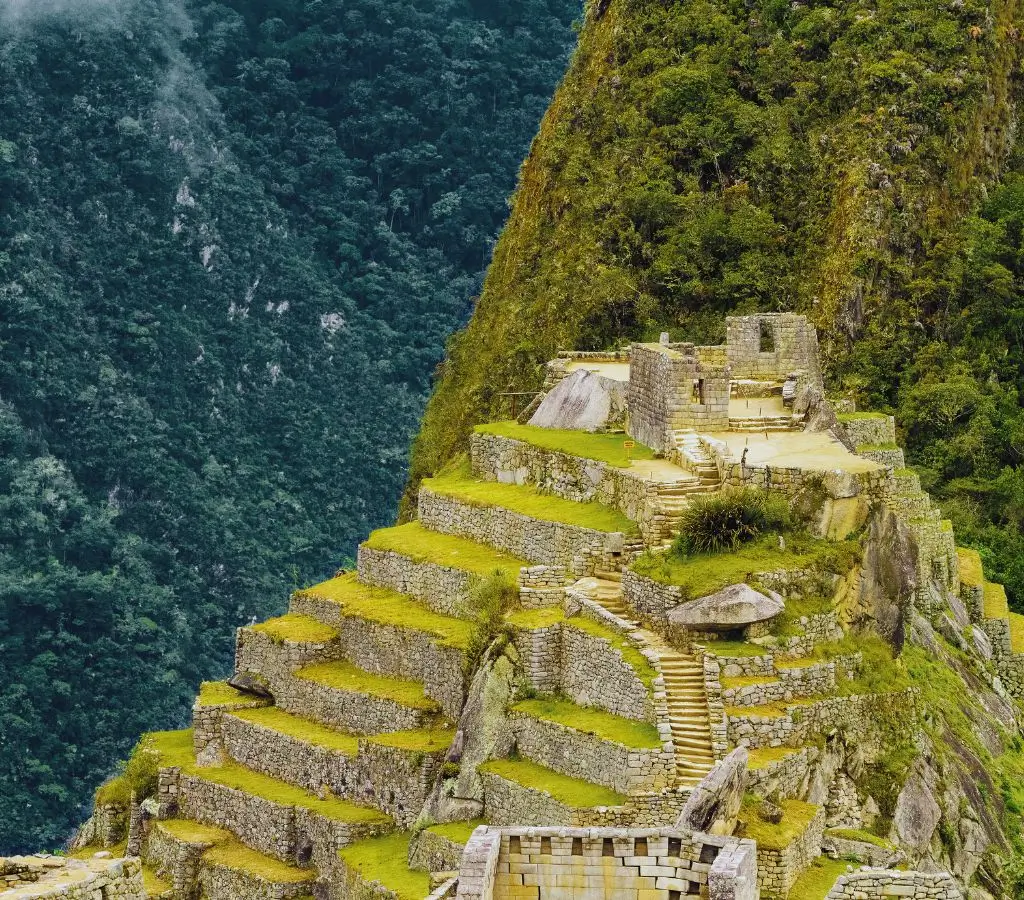Descubra o mistério do Intihuatana, ou relógio solar, de Machu Picchu, uma escultura monolítica de granito que remonta ao século XV. De acordo com os pesquisadores, os incas possuíam uma compreensão avançada tanto astronômica quanto espiritual. Até os dias de hoje, ele continua sendo um mistério, continuando a fascinar os visitantes de Machu Picchu e proporcionando uma visão do passado dessa civilização ancestral.
O Intihuatana é uma antiga peça incaica esculpida em pedra, funcionando como um instrumento de observação astronômica. Com isso, os incas conseguiam medir o tempo, prever mudanças sazonais e realizar cerimônias religiosas.
Como um calendário astronômico, ele indicava o momento exato para o plantio e colheita de seus produtos, sempre baseando-se nos raios do sol.
Exatamente não sabemos quem o mandou construir, mas, de acordo com as pesquisas, essa peça remonta ao auge do Império Inca, no século XV. Foi construída durante o governo do imperador Pachacútec, que liderou a expansão do império e a construção de Machu Picchu. Após a chegada dos espanhóis, a cidadela foi abandonada no século XVI, durante a conquista espanhola, e redescoberta em 1911 pelo arqueólogo Hiram Bingham.
Após a descoberta de Bingham, várias construções incas de grande importância foram sendo reveladas, e hoje podem ser visualizadas ao visitar Machu Picchu.
Conheceremos mais detalhes do relógio solar, pois ao longo das diversas culturas, o Intihuatana foi ganhando importância, cumprindo a função de um calendário solar: marcando datas para plantio, colheitas, cerimônias, rituais e muito mais.

O Intihuatana possui quatro faces, cada uma delas apontando para os quatro pontos cardeais e guiando-se pela sombra projetada pelo sol. Ele ocupa uma área total de 8 metros e 60 centímetros e está localizado na zona Hanan, ou seja, na parte alta, em uma pequena explanada, justamente ao lado do templo das Três Janelas.
Tratava-se de um relógio solar, onde a sombra do sol podia prever o tempo para realizar atividades como plantio, colheita, cerimônias, rituais, entre outras. Além disso, não é exclusivo de Machu Picchu; também pode ser encontrado em Pisaq, Qenqo e Ollantaytambo.
Intihuatana ou relógio solar provém do quíchua, e para compreender melhor, devemos separar a palavra. "Inti" significa sol, enquanto "huatana" se traduz como amarrar ou atar, daí a denominação "onde o sol é amarrado". Diz-se que este monólito reflete a conexão espiritual entre a peça e o sol, desempenhando um papel central na cosmovisão inca.
Na cosmovisão incaica, o sol era considerado uma divindade crucial, e ao entrar em contato com o Intihuatana, marcava os solstícios e equinócios, eventos astronômicos que tinham profundos significados rituais e agrícolas para os incas.
A sombra projetada pelo Intihuatana durante esses eventos auxiliava os sacerdotes a realizar observações precisas, marcando momentos importantes em seu calendário cerimonial.
Deixo algumas opções que o levarão a visitar o Intihuatana:




